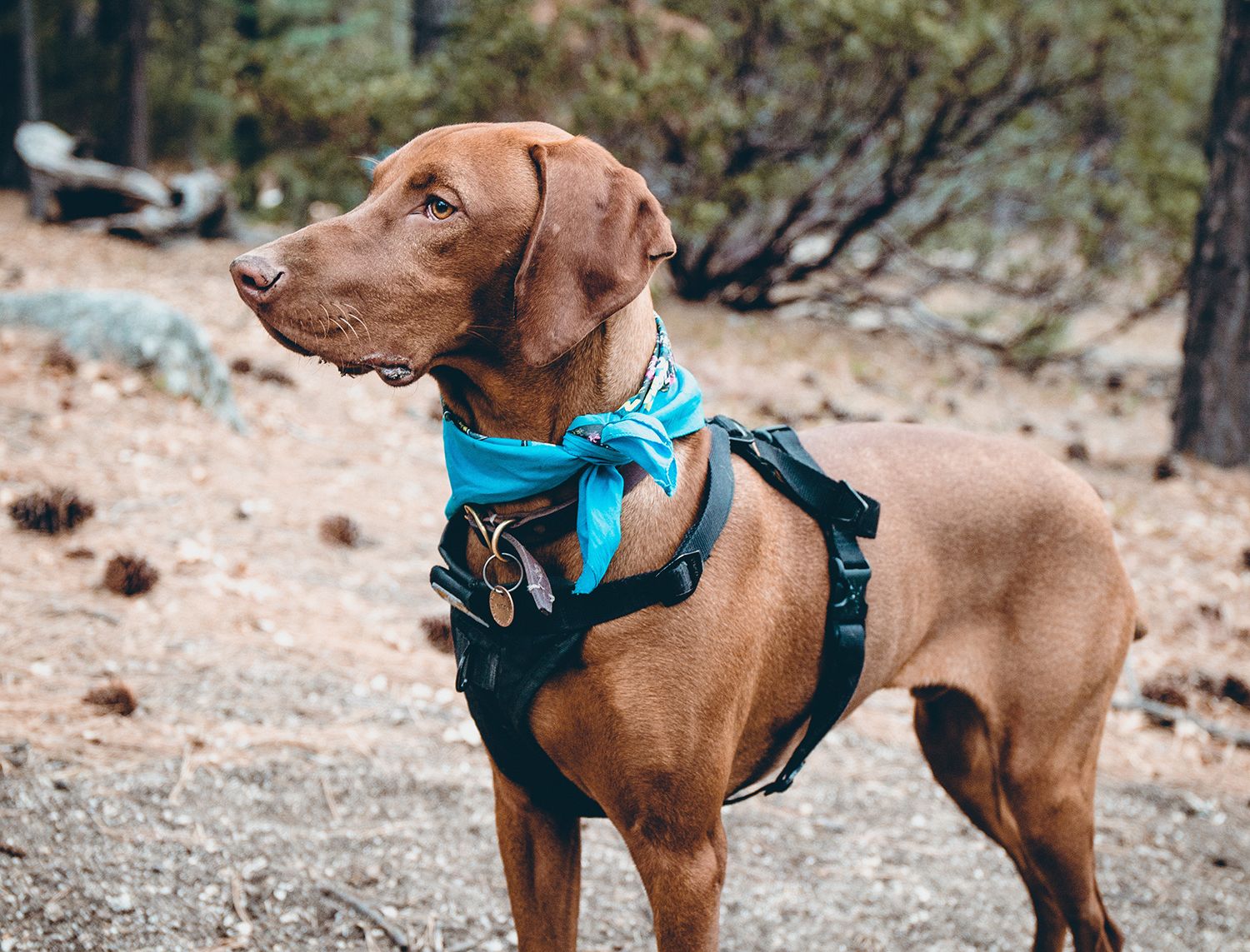
Why Dog Harnesses Are Great and What to Use
来源:
|
作者:佚名
|
Date :2020-09-07
|
1100 View:
|
分享到:

Here are some reasons why you might ditch the collar for a harness:
1. Breed & Size of the dog:
Large or oversized dogs that pull? Harnesses can be great to master control when out and about and also bring a little relief on your hands and arms. Opposite problem? Small dog with sensitive chest or low neck (thinking Chihuahuas and Dachshunds)? Harnesses can also provide a sense of support on dogs that might otherwise feel uncomfortable or sensitive to pulling on collars. Essentially wearing a harness disperses the pressure from one smaller area around the neck, to the back, shoulders and body, spreading the pull factor over a larger area.

If your dog is unlikely to walk calmly and controlled with a collar and is pulling, you can quite easily damage the tissue in a dogs neck. In some dogs with sensitive tracheas or chests, collars can sometimes be prone to restricting or irritating dogs breathing, most often displayed in a wheezing or hacking sound. Most harness types have D rings around the front or back of the dog's shoulder blades, making it easier to control your pup, change direction or pull them to safety. Some dog harness designs are fitted with a soft handle at the top, for easy lifting and grabbing - such as during swimming, pulling, lunging or for training purposes. Harnesses are great in taking off direct stress from the dog's neck and distributes it around the chest and shoulders.
3. Security:
Quite simply, smaller dogs or dogs that pull or dislike collars can easily wriggle out, which can cause quite a bit of distress on the owners. Harnesses wrap around the body securely, which can provide far better comfortability for your pup but also the security that it is far harder to pull off. For safety reasons, dogs must wear a restraint harness when riding in a car, just like our own seatbelts. A collar, on the other hand, can cause serious injury in the case of an accident. Dog harnesses come in a variety of styles meaning, there is a range for your dog's size, breed and coat type, as well as needs too.
Quick Tip: Don’t leave harnesses on for too long, they should only be worn when the dog is outside of their home or on walks. Constant wear may be annoying to your pup causing rubbing, irritation and matting of the fur in certain areas.
Types of harnesses to consider:
Strap/Nylon Harness
Soft Mesh Harness
Training Dog Harnesses
No Pull Harnesses
Padded Harnesses
Cooling & Reflective
Waterproof Harnesses

CONTACT INFO
Add: 1st floor, Building A, Yifangtiandi Network Industry Park, Gushu 2nd Road, Bao’an District, SZ, Guangdong.
E-Mail: info@sweetpetsupply.com
Tel:+86 13510499161
Pet Bed
Copyright © SweetPet 2020 | All Rights Reserved
Pet Clothes
